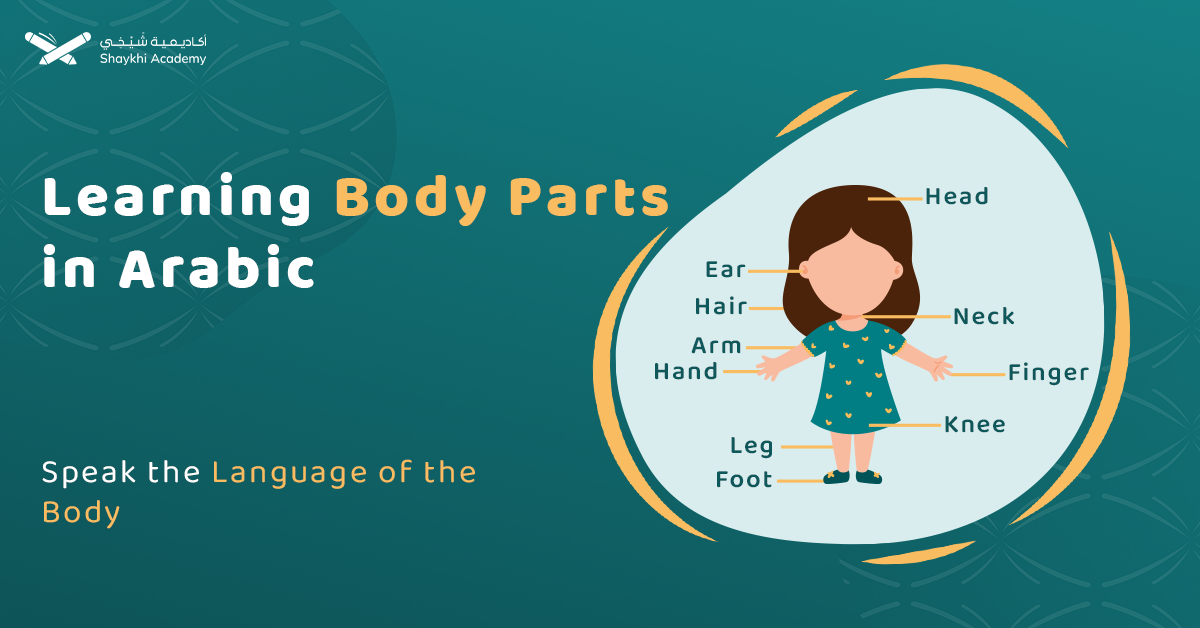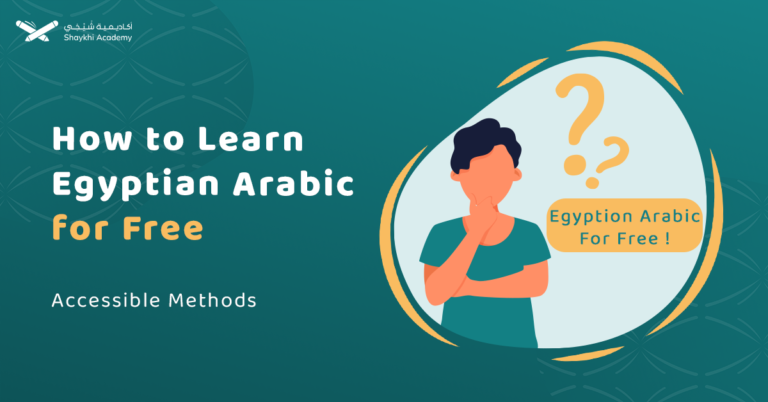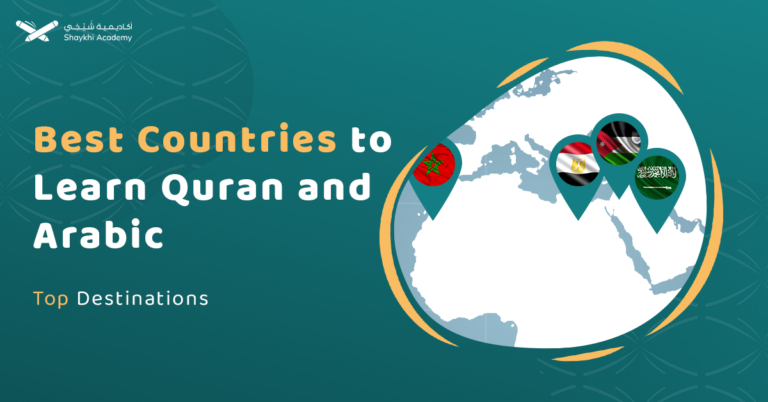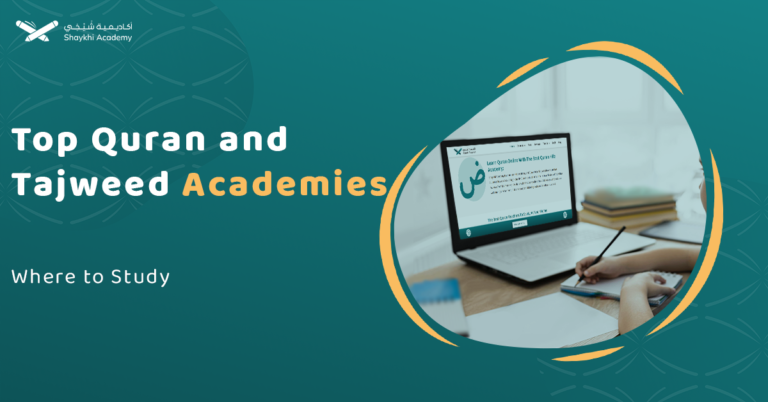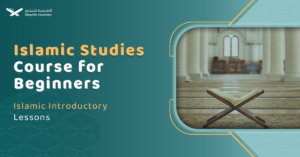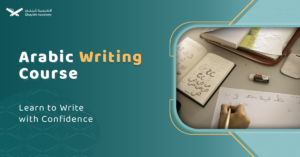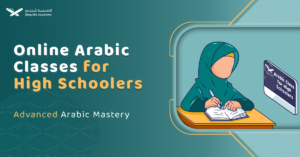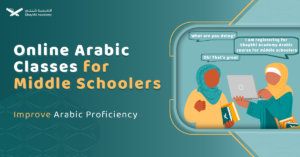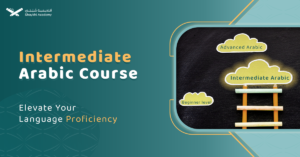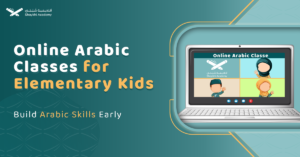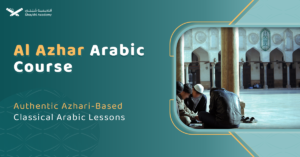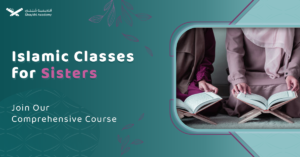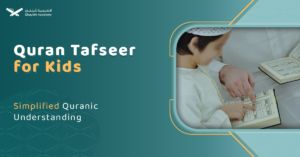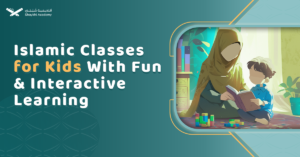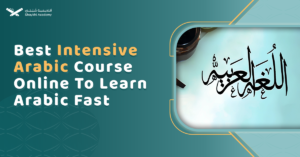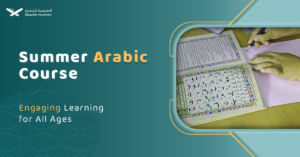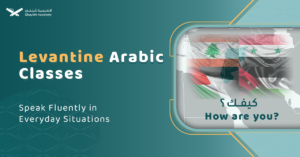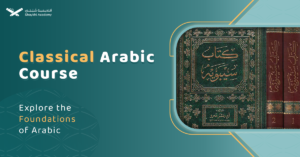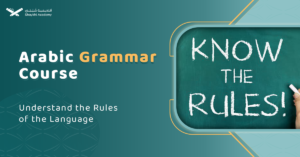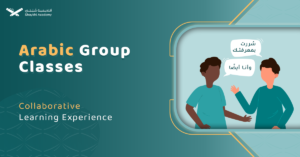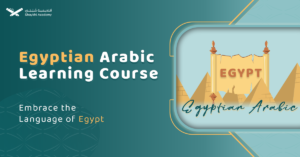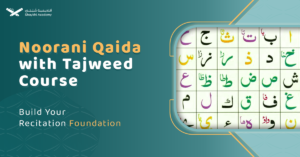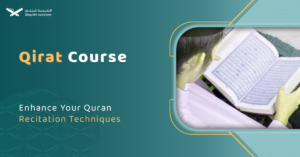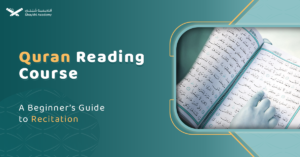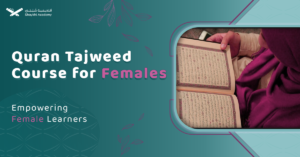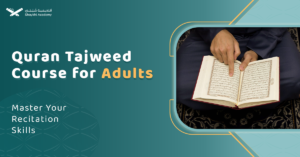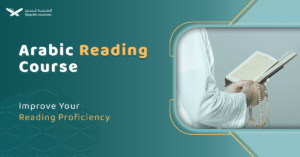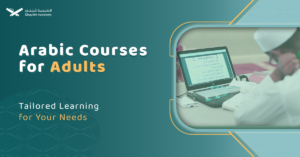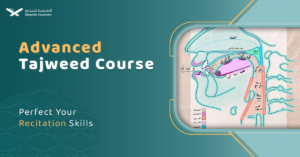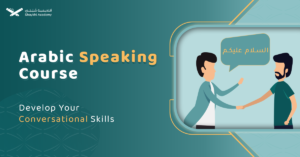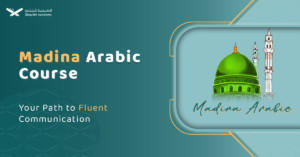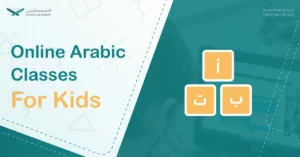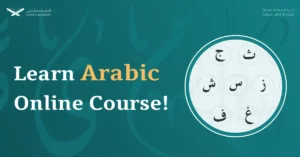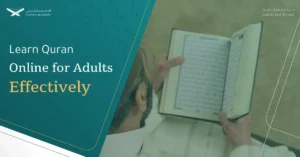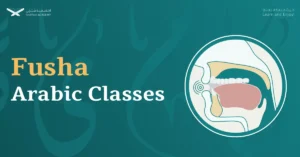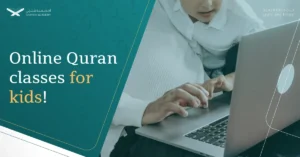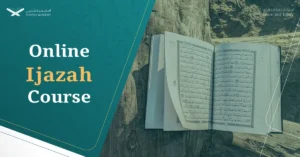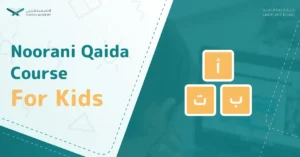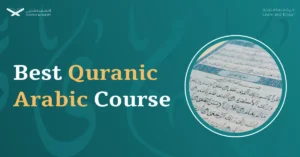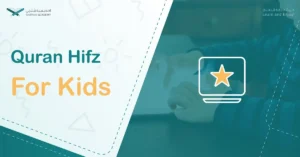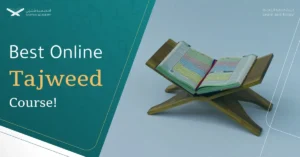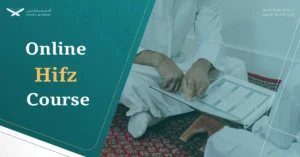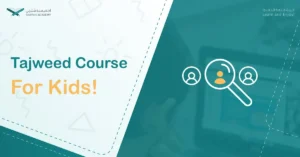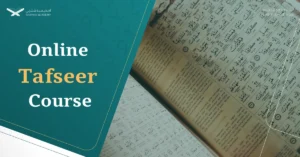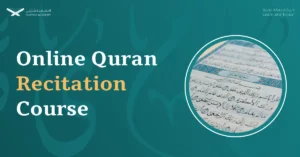Learning the equivalent of body parts in Arabic is an essential step in mastering the language, particularly for beginners. The term أجزاء الجسم (Ajzaa’ al-Jism) refers to the various physical components that form the human body, and understanding these terms plays a central role in both communication and health discussions.
Whether you’re a child, a beginner adult, or someone looking to enhance their Arabic vocabulary, knowing the names of body parts is foundational. This article will help you learn the most common and easy body parts in Arabic, their equivalents, and provide useful tips on how to effectively learn them.
What Is the Equivalent of Body Parts in Arabic?
The equivalent of “body parts in Arabic is أجزاء الجسم (Ajzaa’ al-Jism), which refers to the various components that make up the human body. In Arabic, the term “body parts” or أجزاء الجسم (Ajzaa’ al-Jism) encompasses all the physical components that make up the human body. These parts are fundamental to our daily life and play a central role in communication, health, and understanding the human form.
What Are the Common and Easy Arabic Body Parts?
Common and easy Arabic body parts are important to learn by kids or beginner adults, as it allows them to express themselves when it comes to injuries or pain, which helps them ask for help. For example, kids can learn such body parts in Arabic courses for kids, where they will learn how to use each word in its right context.
| # | English | Arabic | Transliteration |
| 1 | Head | رأس | Ra’s |
| 2 | Eye | عين | Ayn |
| 3 | Ear | أذن | Udhun |
| 4 | Nose | أنف | Anf |
| 5 | Mouth | فم | Fam |
| 6 | Hand | يد | Yad |
| 7 | Foot | قدم | Qadam |
| 8 | Arm | ذراع | Dhira’a |
| 9 | Leg | ساق | Saq |
| 10 | Knee | ركبة | Rukbah |
Body Parts Arabic Version:
Learning the detailed body parts Arabic version is an excellent way to speak about the physical condition of human beings, animals, and birds in a proper and correct manner. Fusha Arabic courses are the perfect opportunity to learn how to use each of the following body parts correctly.
| # | English | Arabic | Transliteration |
| 1 | Heart | قلب | Qalb |
| 2 | Lung | رئة | Ri’ah |
| 3 | Stomach | معدة | Ma’idah |
| 4 | Liver | كبد | Kabd |
| 5 | Bone | عظم | Azm |
| 6 | Brain | دماغ | Dimagh |
| 7 | Hair | شعر | Sha’ar |
| 8 | Skin | جلد | Jild |
| 9 | Fingers | أصابع | Asabi’ |
| 10 | Lips | شفتان | Shafatan |
| 11 | Tongue | لسان | Lisan |
| 12 | Throat | حلق | Halaq |
| 13 | Shoulder | كتف | Katf |
| 14 | Chest | صدر | Sadr |
| 15 | Back | ظهر | Zahr |
| 16 | Waist | خصر | Khasr |
| 17 | Finger | إصبع | Isba’ |
| 18 | Foot (plural) | أقدام | Aqdam |
| 19 | Thumb | إبهام | Ibaham |
| 20 | Heel | كعب | Ka’b |
| 21 | Brain | دماغ | Dimagh |
| 22 | Eyebrow | حاجب | Hājib |
| 23 | Eyelash | رموش | Rumush |
| 24 | Neck | رقبة | Raqabah |
| 25 | Jaw | فك | Fakk |
| 26 | Lip | شفة | Shafah |
| 27 | Armpit | إبط | Ibt |
| 28 | Elbow | مرفق | Mirfaq |
| 29 | Rib | ضلع | Dhi’ |
| 30 | Nail | ظفر | Zafr |
How to Learn the Parts of the Body in Arabic?
Learning the parts of the body in Arabic can be both fun and educational. Here are some strategies to help you learn effectively:
1. Use Flashcards
Create flashcards with the English term on one side and the Arabic term on the other. You can use physical flashcards or apps like Anki or Quizlet. Include pictures of the body part to reinforce the learning visually.
2. Labeling
Print out a diagram of the human body and label each part in Arabic. This visual connection helps with memorization. Alternatively, use apps that allow you to label body parts directly on images.
3. Repetition and Review
Regularly repeat the Arabic names for the body parts. Saying them aloud helps with memorization. Reviewing the terms multiple times will strengthen your retention.
4. Interactive Games
Use online games or apps that focus on vocabulary-building for learning Arabic, specifically targeting body parts. Some apps or websites feature interactive games where you match body parts with their Arabic names.
5. Association and Mnemonics
Create associations between the Arabic words and their meaning in English or in visual imagery. For example, the word “عين” (Ayn) for eye can be associated with the shape of an eye, helping you remember it more easily.
6. Use in Context
Practice using the body part vocabulary in simple sentences. For example, “لدي عينان” (Laday ‘Aynan) means “I have two eyes.” Talking about your body in Arabic as part of your daily conversations can reinforce the terms.
7. Songs and Rhymes
Find or create songs or rhymes that include the body parts in Arabic. Music can make learning more enjoyable and memorable.
8. Watch Arabic Videos
Watch educational videos or children’s cartoons in Arabic, as they often use simple vocabulary, including body parts. Try to repeat the words and mimic the pronunciation of native speakers.
By using a combination of these methods, you’ll gradually build your vocabulary for body parts in Arabic and improve both your listening and speaking skills.
Master Arabic Fluency with Our Learn to Speak Arabic Fusha Course!
Ready to master the Arabic language? Enroll in Learn to Speak Arabic Fusha course at Shaykhi Academy today and start your journey towards fluency in Modern Standard Arabic (Fusha). Whether you’re a beginner or looking to refine your skills, our expert-led lessons will help you develop a strong foundation in speaking, reading, and writing Arabic with confidence.
Don’t wait—take the first step towards mastering one of the most beautiful languages in the world. Join now and unlock a world of opportunities!
Why Shaykhi Academy?
- Expert Native Tutors: Learn from highly qualified native Arabic speakers.
- Flexible Scheduling: Tailor your classes to fit your busy life.
- Affordable Learning: Access top-quality education at a price that suits you.
- Global Access: Study from anywhere in the world.
Explore Our Arabic Courses:
- Noorani Qaida: Build a strong foundation in Quranic Arabic.
- Comprehensive Arabic Courses: Master the Arabic language, from beginner to advanced levels.
- Fusha Arabic Classes: Delve into Modern Standard Arabic, the key to understanding literature, media, and formal communication across the Arab world.
- Quranic Arabic Course: Enhance your connection with the Quran by learning the language in which it was revealed.
Start Your Arabic Journey Today! Whether you’re just starting or looking to deepen your knowledge, Shaykhi Academy is here to support your journey. Book your free trial now and begin your path to Arabic mastery!

The Conclusion:
Mastering body parts in Arabic not only enhances your vocabulary but also provides the foundation for discussing health, emotions, and physical states in a more detailed and meaningful way. By using tools such as flashcards, labeling, and interactive games, you can quickly build a strong understanding of Arabic body terms.
Repetition, association, and practice in context further solidify this knowledge. With continued effort, you’ll be able to confidently use body part terms in everyday conversations, making your Arabic learning experience both practical and enjoyable.
